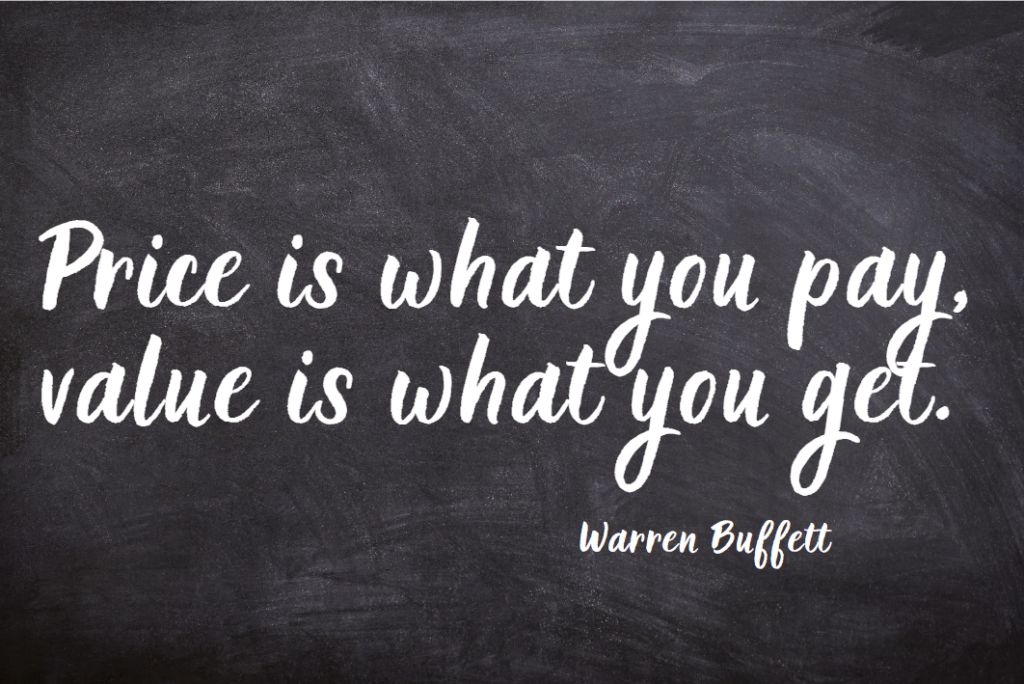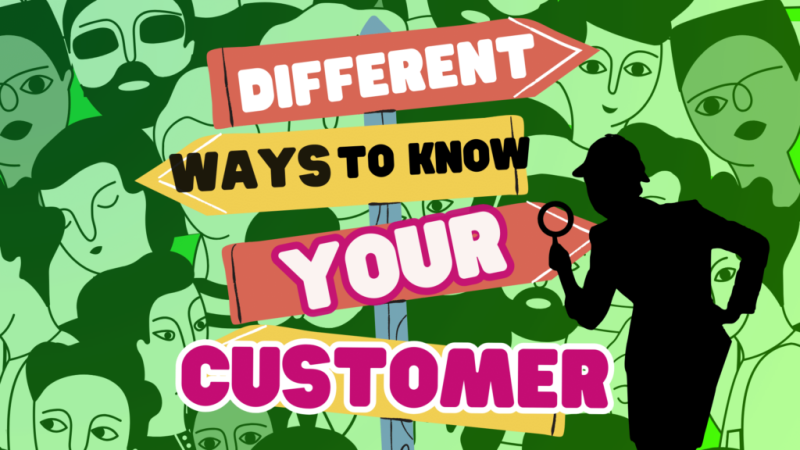Warren Buffett said once: ” Price is what you pay, value is what you get. “
This Thought Concerns The Financial Market And Business Valuation (Price Value, Stock, Etc.). However, The Phrase Is Universal Enough That I Would Use It For Product Ownership And Features Usefulness In Products.
This statement profoundly resonates with me, and I believe it should also strike a chord with Product Owners.
Warren Buffett’s thought could be translated to Agile Product Management and reflected as the difference between the price that a customer has to pay and the value delivered to customers and users.
What happens if a customer pays for a product or service yet doesn’t get any value (or little value)?
The answer would be obvious. However, I would like to emphasize it. For instance, customers will be frustrated and dissatisfied and will not recommend your product.
Moreover, the organization invested a budget, time, people’s skills & creativity to deliver waste. The production cost is mostly huge.
Interestingly, in some organizations, Product Owners and stakeholders still seem to ignore this fact.
Some companies think that a good marketing campaign resolves some product issues. Obviously, ads may temporarily increase product usage and revenue but cannot guarantee that customers will value these products.
Remember, the majority of features in products are not or rarely used. The main reason is that organizations deliver unnecessary functionalities.

But wait. What is value?
We define value as outcomes – measurable changes in customer/user behavior and their desired experience.
For example, if your customers are frustrated because the system requires a lot of effort to operate in, the outcome for them potentially would be ” for our customers to reduce their time spent on an activity “X”.
How to prevent this situation from happening?
- Know your users and customers.
- Focus on customers/users’ outcomes. Product Goals should reflect these outcomes, not only revenue. Read more here.
- Experiment with functionalities before you will invest time & money to deliver them. Experimentation could be run directly with customers/users. More about experimentation in products you can read here.
Remember: the value is when your users and customers benefit from your product or service. The more value you deliver to the customers, the more revenue it should bring.1
In this short article, I have discussed only one perspective of value. I have focused on outcomes and customer value.
The business value is omitted in this text on purpose. Barely I have meant revenue. There will be a separate paper regarding this topic. Stay tuned!
1. https://hbr.org/2016/09/the-elements-of-value
This article was written by a human, me, not AI.


